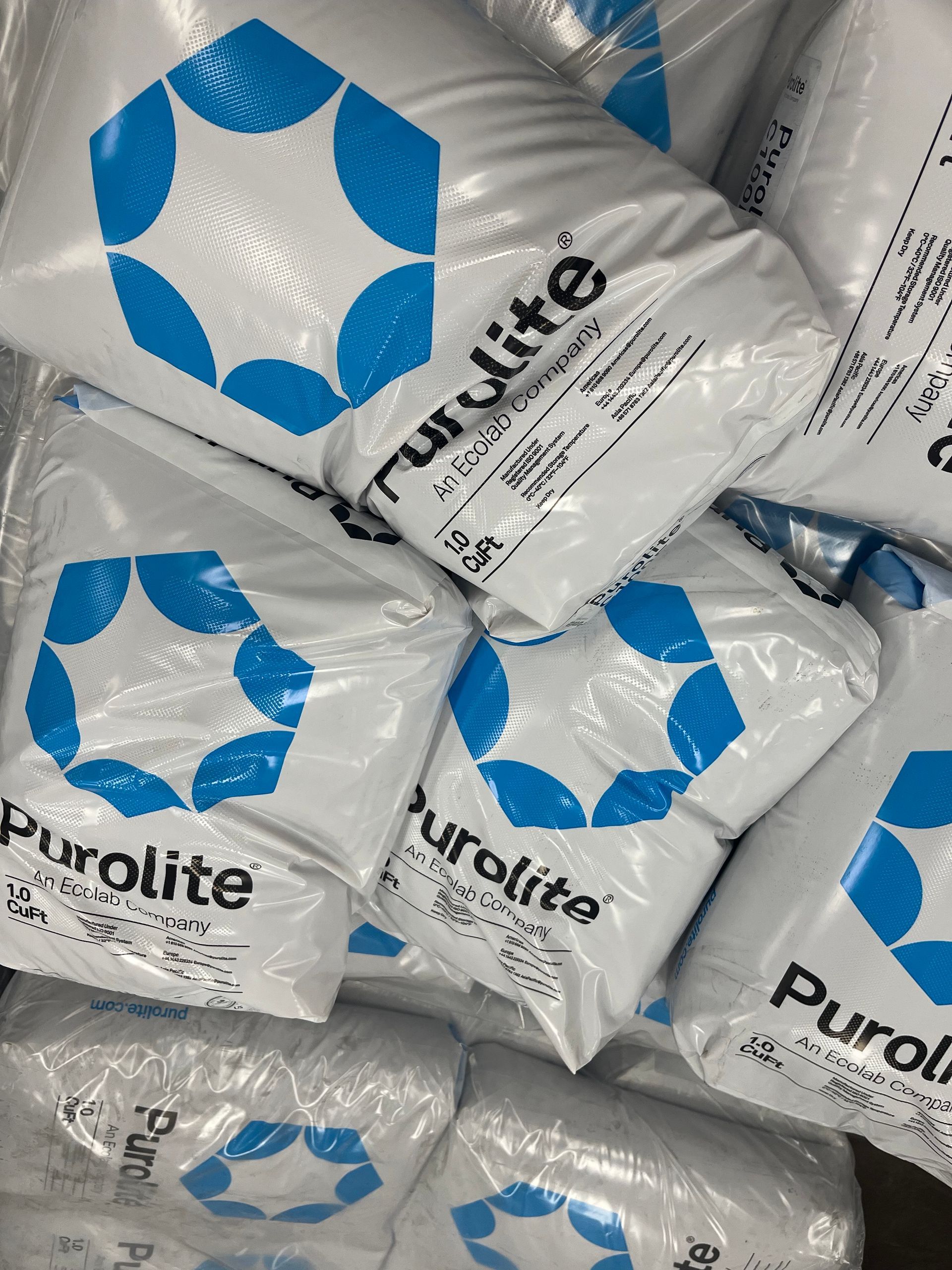Recently, one of our favorite and most trusted product lines, All-Flo Pump Company, announced that it will be launching a new product line of air operated diaphragm pumps. Below is the newsletter they released to announce the new air operated pump line:
Leading Manufacturer Begins Rollout of Pumped Up New Product Line
New Pumps Achieve Industry-Leading Efficiency, Reducing Operating Costs for Customers
MENTOR, Ohio (February 3, 2014) –All-Flo Pump Company is launching a new line of air operated diaphragm pumps that will raise the bar on efficiency standards across the industry. The new line of innovative, stainless steel and aluminum pumps rolled out in December. For use in a wide variety of chemical and fluid transfer applications, the new air operated diaphragm pump line offers an extended set of improved features over legacy products.
Most notably, the newly designed All-Flo pump boasts a new, high-efficiency, air valve, built with fewer parts, making it the most air efficient pump in the industry.
“After initial testing, we can confidently say that our new line will be the industry’s most efficient air-operated diaphragm pump line available,” said Paul McGarry, All-Flo sales and marketing manager for North America. “For customers running our 2-inch pump, they could realize greater than 50 percent savings in annual operating costs.”
This significant cost-savings comes at a good time for customers. According to the Bureau of Labor Statistics , the price of electricity hit a record high for the month of October, making October the eleventh straight month when the average price of electricity hit or matched the record level for that month.
“With Americans now paying 42 percent more for electricity than they did a decade ago, reducing operating costs for the customer was at the forefront of our minds when we designed our new line,” said McGarry. “Our team of experts spent a tremendous amount of time engineering this new pump to ensure it led to significant savings for our customers.”
All-Flo will introduce other sizes in its new energy efficiency line throughout 2014, complementing its existing line of metallic and plastic air-operated diaphragm pumps.
All-Flo is a leading manufacturer of rugged, lube-free, non-stall, non-freeze air diaphragm pumps. Serving a variety of industries, including oil & petroleum, petrochemical, food & beverage, mining and construction, All-Flo works with a global network of distributors to ensure local availability and service. All-Flo offers a versatile range of durable and reliable pump solutions that can be customized for any application. All of All-Flo’s products are made in America. For more information about All-Flo Pump Company’s new product, take a look at the .pdf infographic.
Sparkling Clear Industries is a major supplier of products to Gulf Coast Industries, and is proud to represent a product line like All-Flo Pump Company. SCI stocks and services all pumps, and will help you select the right pump for the job. If you have any questions regarding our pumps or filters, or would like to inquire about how you can purchase All-Flo Pump Company’s new air operated pump from us, contact us today at (713) 956-8900 .
The post All-Flo Launches New Air Operated Pump appeared first on Sparkling Clear.
Share this Post!




